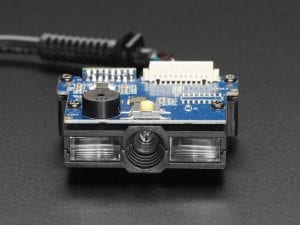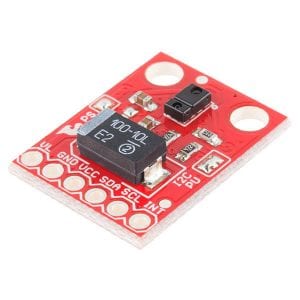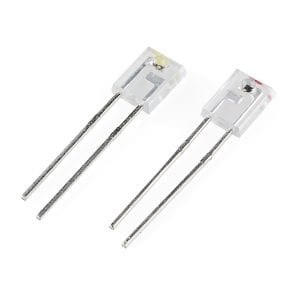An image sensor or imager is a sensor that detects and conveys information used to make an image. It does so by converting the variable attenuation of light waves (as they pass through or reflect off objects) into signals, small bursts of current that convey the information. The waves can be light or other electromagnetic radiation. As technology changes, digital imaging tends to replace analog imaging.
Below are some applications of the image sensors:
- Imaging devices such as digital cameras, camera modules, camcorders, smart phones, security cameras, PC cameras, personal digital assistants (PDAs), machine vision, security and surveillance cameras, and videoconferencing
- Optical mouse, document scanning, barcode readers
- Toys and games
- Medical (dental radiography and pill cameras)
- Scientific imaging
Technical Description
There are two types of image sensors: Charged-Coupled Device (CCD) and Complementary Metal Oxide Semiconductor (CMOS) sensors. Both types of sensors start with converting light into electrons. Each image sensor is built with an array of photodetectors called pixels that gather photons or single particles of light. The photons in the pixels are then converted to electrons. The next step is to read the value (accumulated charge) of each cell in the image, which differentiates two types. In a CCD device, the charge is actually transported across the chip and read at one corner of the array. An analog-to-digital converter turns each pixel’s value into a digital value.In most CMOS devices, there are several transistors at each pixel that amplify and move the charge using more traditional wires. The CMOS approach is more flexible because each pixel can be read individually.
CCD Sample Sensors
Barcode Reader/Scanner Module-CCD Camera-USB Interfacehttps://www.adafruit.com/product/1203
CMOS Sample Sensors
High-quality color CMOS camera module: https://www.sparkfun.com/products/11745
Reference
https://www.azosensors.com/article.aspx?ArticleID=412
https://electronics.howstuffworks.com/cameras-photography/digital/question362.htm





